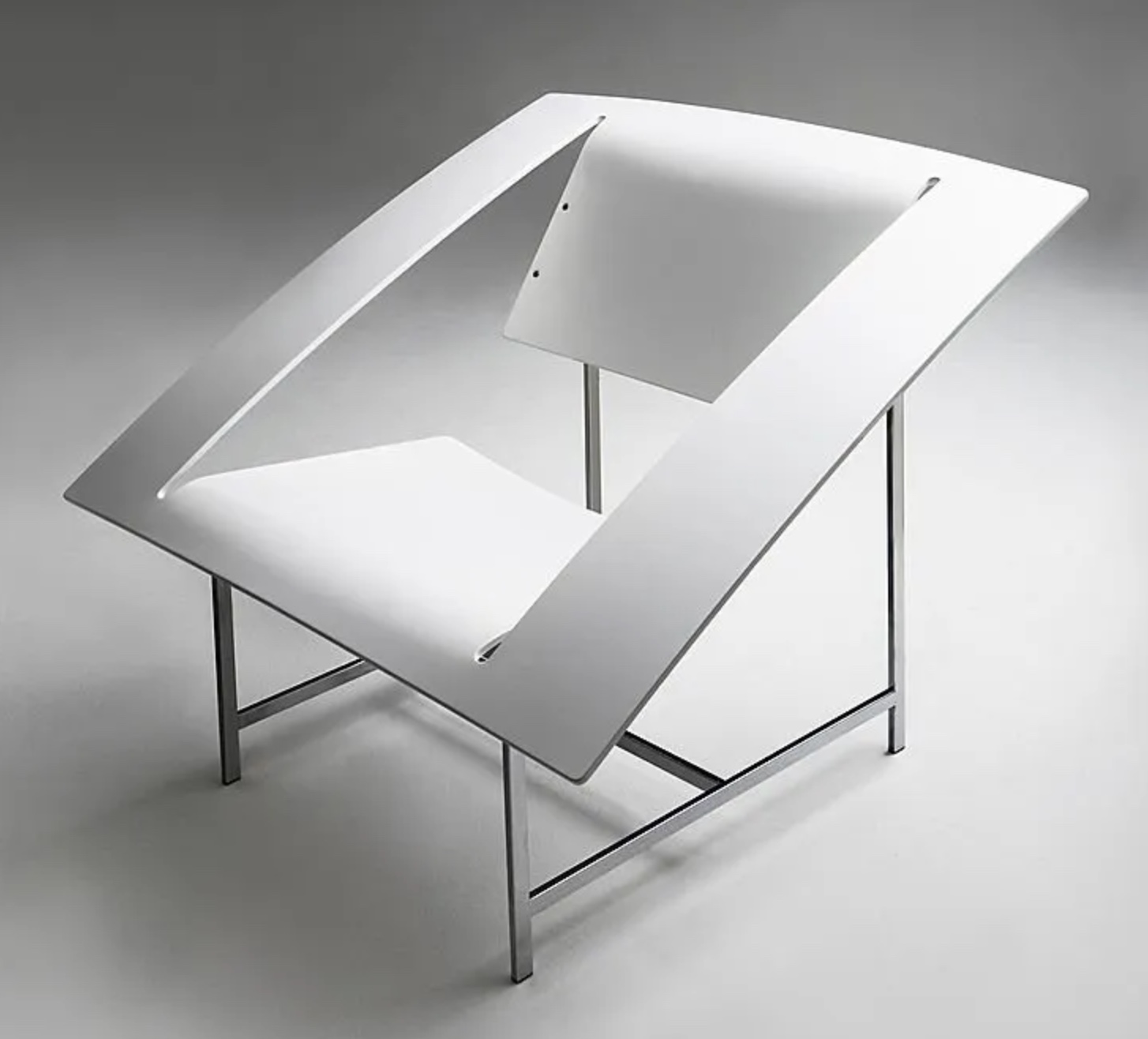
Silence and Sensibility in Mobel’s Kolo Chair
Interior designer Jouko Järvisalo has a way with words. I know not one Finnish stereotype, so I can’t ascribe his unique use of language to the culture. To wit: “A piece of furniture is created when thinking meets with the material used, as a result of the pondering that takes
place in the middle ground between handiwork and the machine.” We can surmise that Järvisalo places a lot of emphasis on ruminating. As the Chief Designer and Artistic Director of Mobel, Järvisalo oversees their collection of contract furniture.
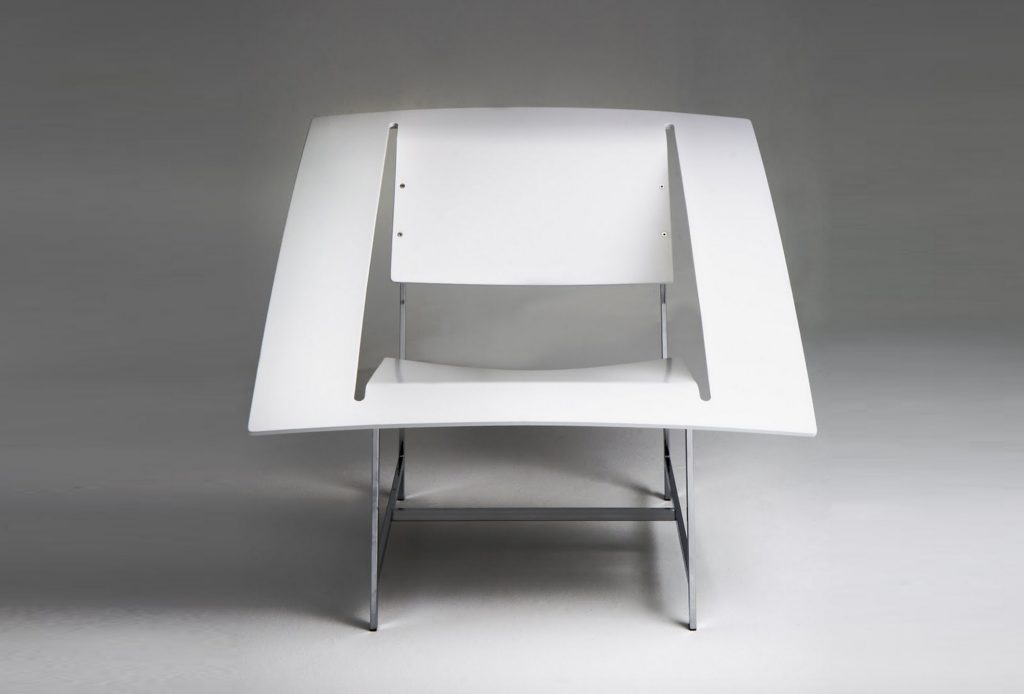
Kolo. Designed by Jouko Järvisalo of Mobel.
Mobel too holds an exacting philosophy—“the collection embodies the views of the designer without compromises.” I admire a man who values reflection, and I revere a company with a steadfast loyalty to their designers’ vision. Kolo, one of Mobel’s easy chairs, portrays the company’s artistic bent and brainy design. A collection of angles and a feast of lineation, Kolo means cave or cavity, according to one Finnish-English dictionary. Hole or slot is the denotative meaning given by another such tome (the connotations are yours to analyze).
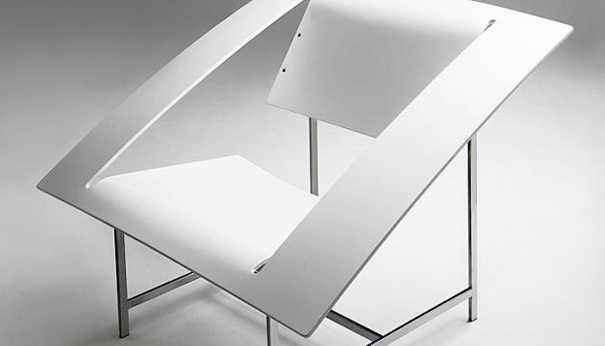
The idea behind Kolo is simple: take one piece of wood and bend it to form a workable chair. One part becomes the seat, another the back—and what’s left over the armrests. Playing with one-piece construction is fun; it’s also clever. The use of the material leaves no waste. Like origami, the original form is static and flat while the resulting art is dynamic and three-dimensional. Kolo’s real attraction, however, is its central hollow—a void that contains everything and nothing, the intellectual space carved out by Järvisalo and Mobel.
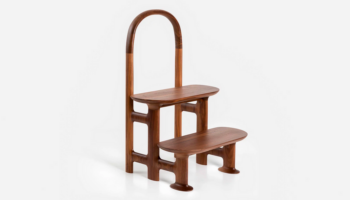
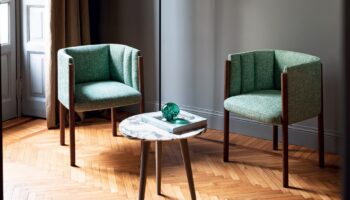
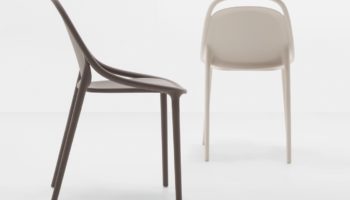

Leave a Reply